The 20th century witnessed a significant transformation in how people traveled and vacationed, with recreational vehicles (RVs) becoming a cultural phenomenon. Various factors contributed to the explosion of RV culture during this period, including technological advancements, societal shifts, and economic influences. This evolving travel mode redefined leisure and exploration, impacting countless individuals and families.
Technological Advancements in RV Design
Evolution of RV Engineering
The evolution of RV engineering played a critical role in the rise of RV culture. The development of more reliable engines, such as the Ford V8 engine introduced in 1932, provided the necessary power for these large vehicles, making long-distance travel more feasible. Improvements in road infrastructure, marked by the Federal Aid Highway Act of 1956, further facilitated RV travel by providing better connectivity across the country. These advancements allowed RVs to travel more efficiently and safely, encouraging more people to embrace the concept of road travel.
By the late 20th century, RVs had become sophisticated machines, incorporating advanced suspension systems and fuel-efficient engines. The introduction of diesel engines in models like the 1981 Winnebago LeSharo offered enhanced power and performance, making RV travel more accessible and appealing to a broader audience. These technological strides not only improved the driving experience but also ensured that RVs could reliably traverse diverse terrains.
Comfort and Convenience
As RV engineering advanced, so did the amenities and comfort features within these mobile homes. Early RVs were basic, often lacking the conveniences of a stationary home. However, by the mid-20th century, manufacturers like Airstream and Winnebago began incorporating compact kitchens, bathrooms, and sleeping areas into their designs. The 1970 Airstream International, for instance, boasted a fully equipped kitchen and a comfortable sleeping area, making extended trips more enjoyable.
The integration of modern amenities such as air conditioning, heating systems, and entertainment options further enhanced the appeal of RVs. By the 1990s, RVs were equipped with satellite TV, microwaves, and even Internet access, transforming them into true mobile homes. These developments made RV travel a viable option for families and individuals seeking a comfortable yet adventurous lifestyle.
Societal Shifts and the Rise of the Road Trip
Post-War Economic Boom
The post-war economic boom of the mid-20th century significantly impacted RV culture. With increased disposable income and leisure time, middle-class families were able to invest in recreational activities, including road trips. The baby boomer generation, in particular, embraced this trend, seeking new ways to explore and enjoy their newfound prosperity. The affordability of RVs, coupled with the desire for family-oriented vacations, made them an attractive option for many households.
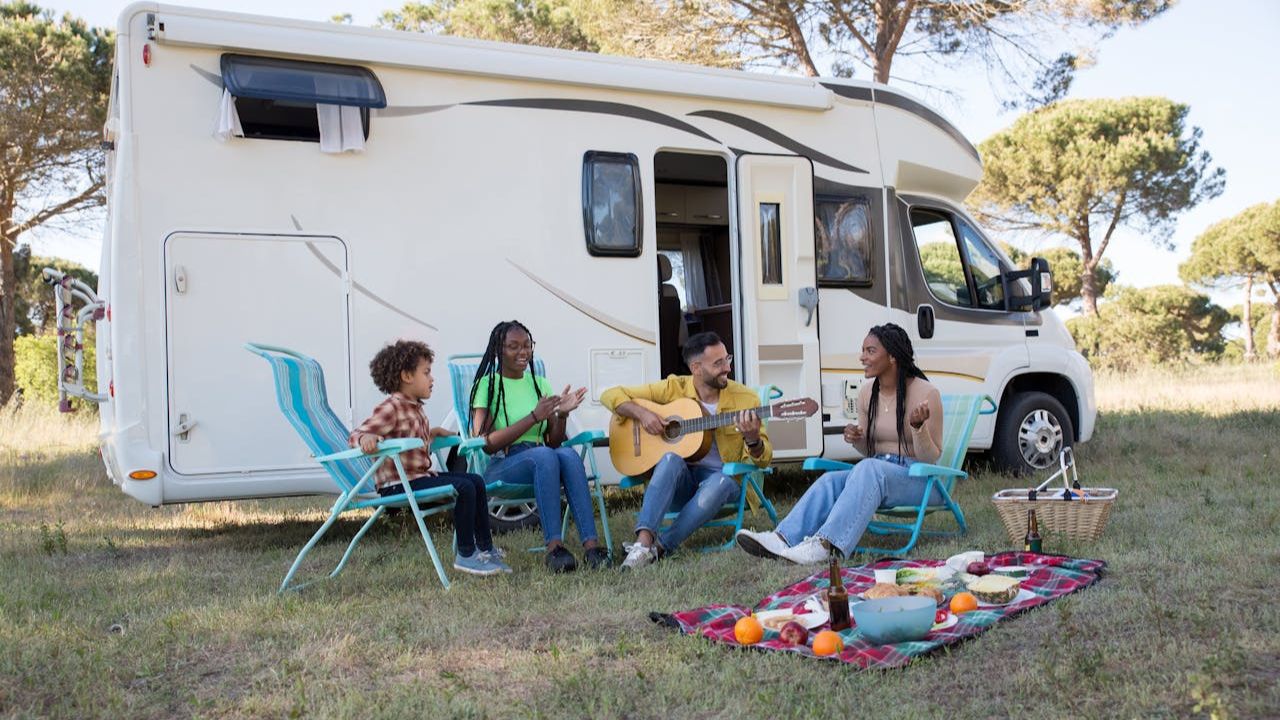
During this era, the RV industry capitalized on the growing demand by offering a range of models suited to different budgets and preferences. The 1954 Shasta trailer, with its compact design and budget-friendly price, became a popular choice for families eager to hit the road. This democratization of travel allowed more people to experience the freedom and adventure associated with RV living.
The Quest for Freedom and Adventure
The cultural movements of the 1960s and 1970s, which emphasized personal freedom and exploration, further fueled the romanticization of the open road. As people sought to break away from conventional lifestyles, RVs offered a sense of liberation and independence. The idea of embarking on a journey without a fixed destination resonated with those seeking a deeper connection with nature and themselves.
Iconic road trip routes like Route 66 became symbols of this adventurous spirit, with RV travelers exploring the diverse landscapes and communities along the way. The allure of the open road, combined with the comfort and convenience of RVs, created a unique cultural phenomenon that continues to inspire wanderlust today.
Media and Popular Culture Influence
RVs in Films and Television
Media and popular culture played a significant role in shaping public perceptions of RV travel. Films and television shows of the 20th century often depicted RVs as symbols of freedom and adventure. The 1983 film “National Lampoon’s Vacation,” featuring the Griswold family’s cross-country journey in a Wagon Queen Family Truckster, became a cultural touchstone, highlighting the comedic and sometimes chaotic nature of road trips.
Television shows like “Breaking Bad” also featured RVs prominently, showcasing their versatility and role as mobile command centers. These portrayals reinforced the idea of RVs as vessels for exploration and self-discovery, further ingraining them into the cultural fabric.
Celebrity Endorsements and Advertising Campaigns
Marketing strategies and endorsements by famous personalities also bolstered the appeal of RV lifestyles. Celebrities like John Steinbeck, who famously traveled across America in his custom-built camper named Rocinante, brought attention to the joys of RV travel. His book “Travels with Charley” documented his journey, inspiring countless readers to embark on their own adventures.
Advertising campaigns by RV manufacturers highlighted the freedom and adventure associated with RV travel, often featuring picturesque landscapes and happy families enjoying their journeys. These campaigns played a vital role in attracting new enthusiasts and expanding the market for RVs.
Economic Factors and Market Expansion
Affordability and Accessibility
The affordability and accessibility of RVs were crucial factors in their widespread adoption. The mass production techniques pioneered by companies like Winnebago in the 1960s led to lower manufacturing costs and more competitive pricing. This made RVs attainable for a broader audience, enabling more people to experience the joys of road travel.
The development of financing options and payment plans further eased the financial burden of purchasing an RV. Dealerships offered trade-ins and flexible payment terms, allowing families to upgrade to newer models as their needs evolved. This accessibility encouraged a diverse range of individuals to embrace the RV lifestyle.
Growth of the RV Industry
The growth of the RV industry was supported by manufacturers and dealerships actively promoting RV culture. Trade shows and exhibitions became popular venues for showcasing the latest models and innovations. The annual RVIA (Recreational Vehicle Industry Association) show, for example, attracted thousands of attendees eager to explore new products and technologies.
Manufacturers also invested in customer engagement initiatives, such as owner clubs and community events, fostering a sense of camaraderie among RV enthusiasts. These efforts not only strengthened brand loyalty but also created a vibrant community of like-minded individuals passionate about RV travel.
Environmental and Lifestyle Considerations
Connection with Nature
The desire for outdoor experiences and a closer connection with nature fueled interest in RV travel. National parks and scenic byways became popular destinations for RV enthusiasts, offering opportunities to explore the natural beauty of the United States. RVs provided a comfortable base for outdoor activities such as hiking, fishing, and wildlife photography, allowing travelers to immerse themselves in nature.
As environmental awareness grew, so did the appeal of eco-friendly RV models. Manufacturers began introducing solar panels and energy-efficient appliances, catering to environmentally conscious travelers seeking sustainable travel options. This alignment with nature and sustainability further enhanced the allure of RV living.
Minimalism and Self-Sufficiency
The minimalist lifestyle and self-sufficiency offered by RV living resonated with various demographic groups seeking alternative ways of living. The tiny house movement, which gained traction in the late 20th century, paralleled the principles of RV living by emphasizing simplicity and reduced environmental impact.
For many, RVs represented an opportunity to downsize and declutter, focusing on experiences rather than material possessions. The ability to live comfortably with fewer belongings and the freedom to move wherever and whenever desired appealed to those seeking a more intentional and fulfilling lifestyle.
Like Fast Lane Only’s content? Be sure to follow us.
Here’s more from us:
*Created with AI assistance and editor review.

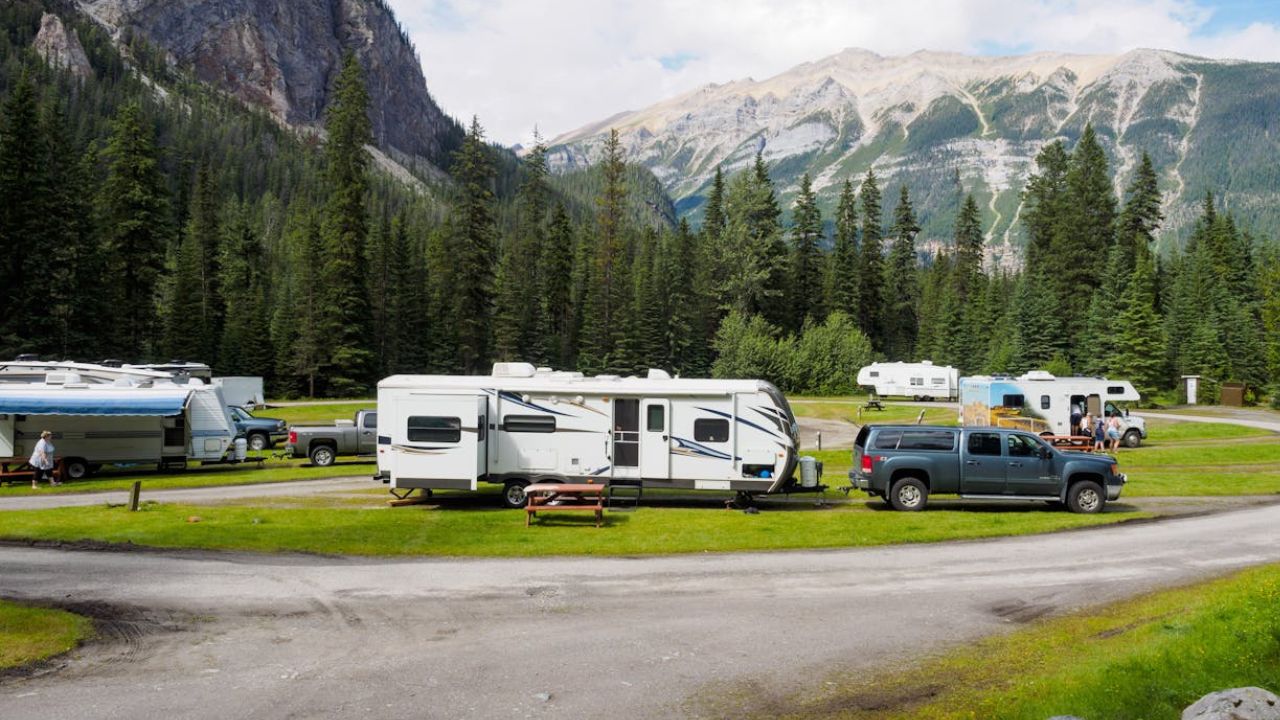

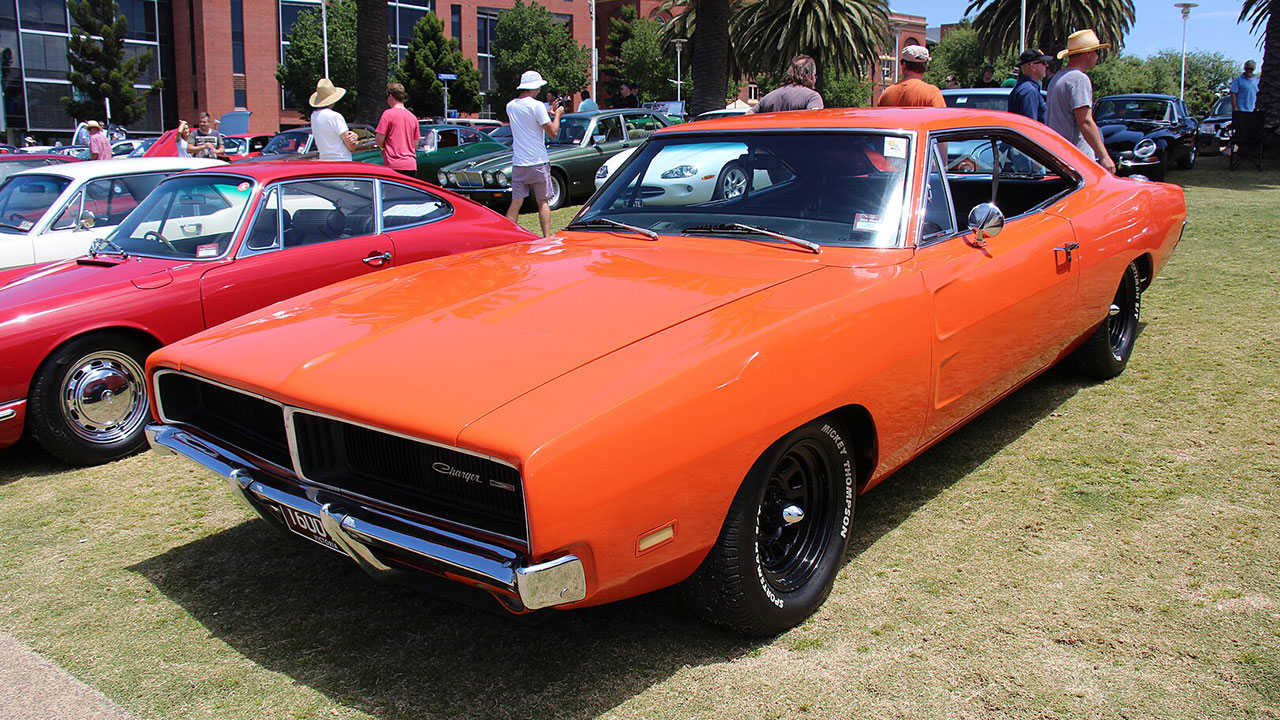
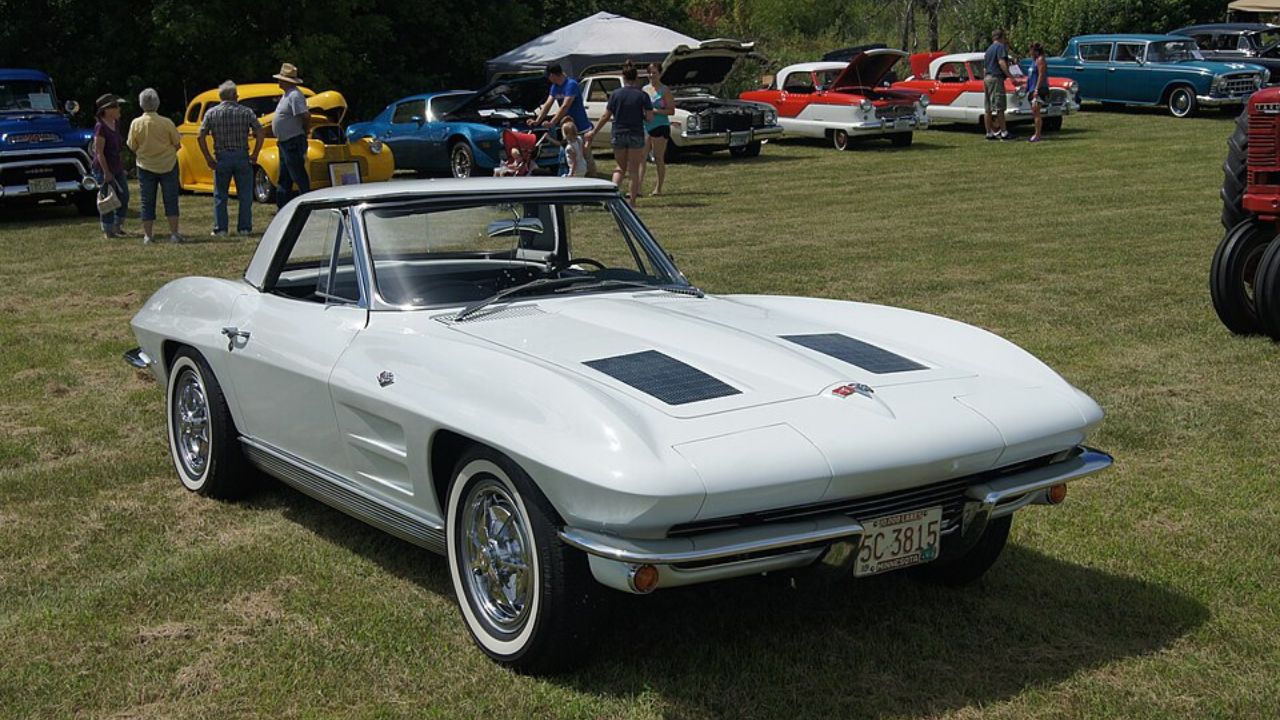

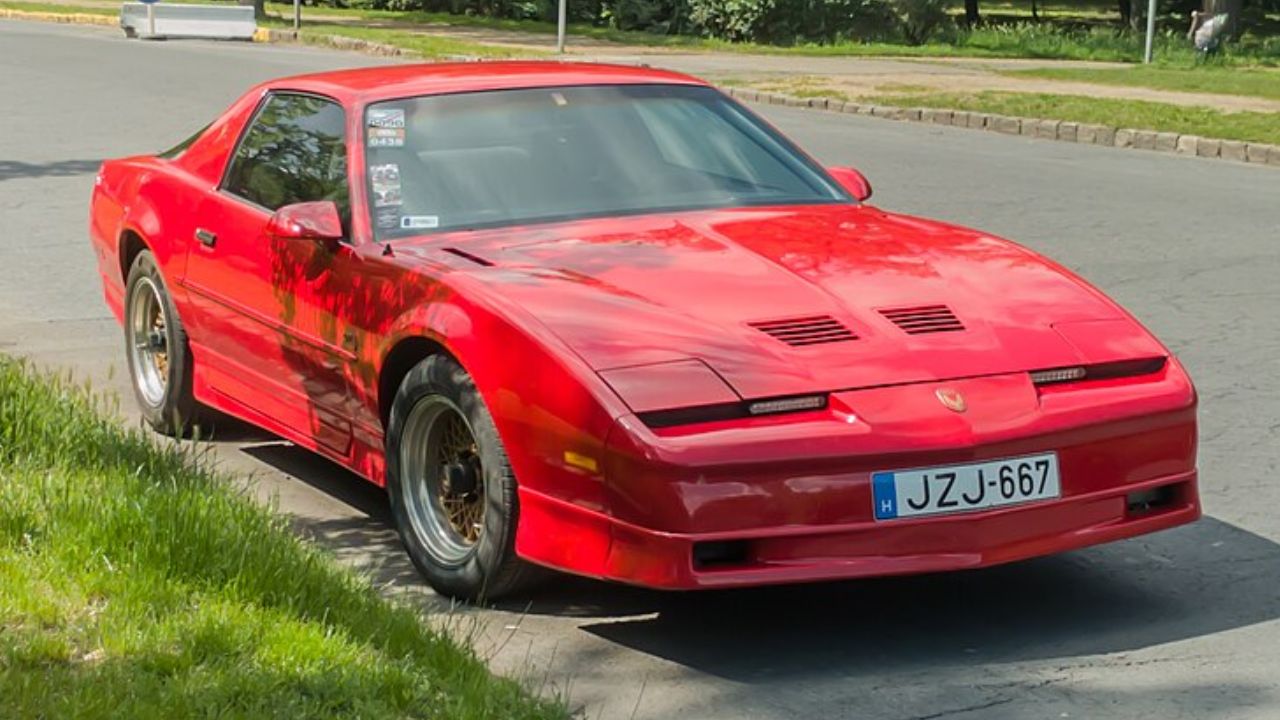
Leave a Reply